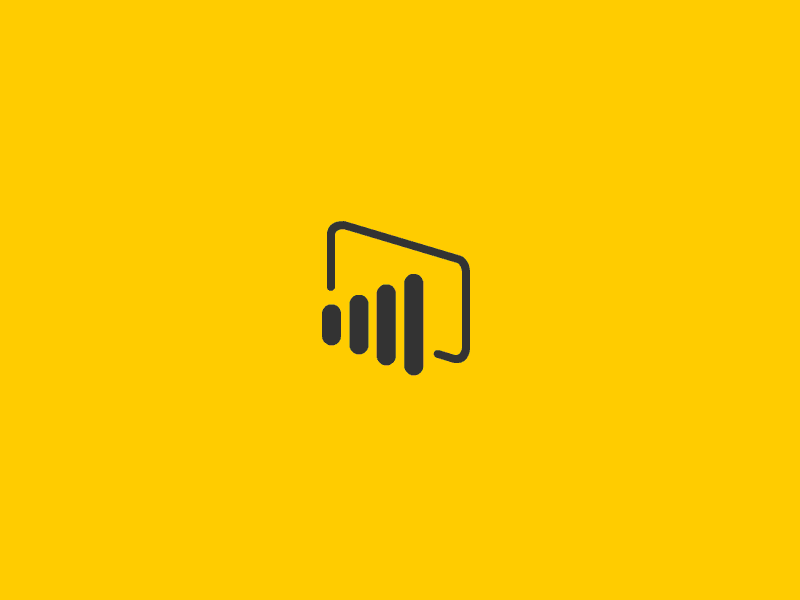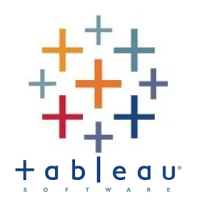Review the Power of these Business Intelligence Tools: Power BI, Tableau, Wave Analytics
Put yourself in the place of a CEO for a fashion brand’s group of retail stores two decades ago. You are faced with the daunting task of collecting daily sales figures. Even if you did succeed, the sheer amount of data collected would have been overwhelming. Could you slice data into different dimensions? Could you use data in real-time? Likely not, which means that you’ll be struggling to make crucial business decisions based on outdated or incomplete information. Being a CEO during this time is a bit like flying an aeroplane with an altimeter that shows the height of the plane two minutes ago.
Luckily for modern businesses, a plethora of analytical solutions have been developed to meet the demands of business who recognise data as one of their most important assets. Thanks to the development of technologies in optic fiber, smart phone, Wi-Fi, cloud solutions and algorithms, we now have all the required resources for Business Intelligence (BI) software, or BI tools. These tools restructure gathered data to produce attractive visuals that provide invaluable insights across various devices. Now, CEOs of businesses both large and small can make informed data-led decisions in real-time.
The main function of BI tools is to analyse, convert, and present data as interactive visuals. There are currently more than 150 different BI tools in the market. Most of them can consolidate and analyse data to produce graphs and charts (visuals), and can even offer insightful explanations of changes to users. Let’s do a deeper dive into three of today’s most relevant BI tools.
We have selected three BI tools in the market to compare them across three major areas: Data Preparation, Calculation Capability and Data Visualization. These tools have been selected because of their phenomenal performance in their respective areas.

Power BI is a business analytics service provided by Microsoft. It is integrated with Microsoft technologies such as Power Query and Power Map.
Salesforce Wave Analytics is a cloud-based data analytics platform that requires no local hardware or software installation to access the data.

Tableau is the ‘Best Business Intelligence Software Award for 2016’ that provides even more analytical functionality.
Data Preparation
Data preparation is the first step in data analysis. Businesses usually have multiple systems to support different segments of operations, such as NetSuit for point of sales, QuickBooks for accounting, or Odd for inventory. Before we can analyse this data on one platform, data needs to be connected, structured, and consolidated. We then need to extract the relevant data from the pool and transform it into the required format. So, if a BI tool has many connectors to other popular apps or cloud servers in the market, the extraction work can be done faster than if a connector has to be created from scratch.
In addition, the ability of BI tools to read data in multiple formats can also save time and query work from data format conversion. This benefit increases as the frequency of data updates increases. Power BI from Microsoft is the best performer in this area out of the three tools. It can read all popular database file formats. We can import data from most of the famous databases such as SQL Server, MySQL, ERP systems like SAP, and Oracle. It has numerous connectors to online apps such as Saleforce, Google Analytics, and Facebook. The most powerful feature of Power BI in this area, however, is its data modeling engine. After users update all the relevant raw data tables and define the relationships between them, Power BI automatically produces various datasets for charts and tables, unlike other BI tools which require visuals for datasets to be created one-by-one.
In comparison, while Tableau does has strong capabilities to connect to different sources of data, its data modeling is less powerful than Power BI. Users may need additional techniques for writing queries in order to prepare datasets for analysis.
Wave Analytics’ performance is weakened here because it only accepts data from Saleforce or as comma separated vales files (.csv). Wave Analytics could be described more as an analytic module in Salesforce rather than a common analytic tool designed for all data sources. If a company is already a Salesforce user and would like to present data captured by Saleforce, then Wave Analytics would be an appropriate choice.
Calculation Capability
BI tools need to support various kinds of calculations at great speed. Calculations such as distinct count, rank, and averaging can be very time consuming when applied to large data sizes. High-performance computing machines are needed to deliver results in the visuals display within a satisfactory response time. Besides speed, flexibility is also an important factor . Other than sum, count, and average, it may be necessary to perform complex calculations like conditional sum, financial ratios, retention rate, or new product sales portion.
The function library in the tools should be rich enough to include basic functions that can be built into complex functions. Some BI tools even support other programming applications like “R”, so that machine learning programmes can be written in the tools.
Power BI supports both on-premises and cloud calculation. When a dataset is uploaded to the cloud, the calculation speed is very fast. It has a library which contains hundreds of Data Analysis Expressions (DAX) functions and it supports custom made functions and even programming tools like R. Compared to other tools, its performance earns it the champion title in this area.
If Power BI outperforms its competitors, Tableau is a noteworthy runner-up. It is not as intuitive as Power BI when it comes to building a complex function, but experienced users may find it more capable than Power BI. Tableau also supports programmes like R too, so results of machine learning can be incorporated in the calculation. On the downside, the calculation speed is the slowest of the three tools.
In our testing, the calculation speed of Wave Analytics is the fastest among the three. For the same amount of data and performing the same calculation, Wave Analytics can be 3 or 4 times faster than Tableau because all its data and calculations are stored and processed on their cloud server. The speed of their servers was found to be remarkable during testing, which makes it especially suitable for large enterprises with huge amounts of data. On the other hand, the flexibility of calculation is the lowest: it would be difficult to make any calculation in the tool that was not already built-in.
Data visualization
Unlike traditional number reporting, these BI tools can generate attractive dashboards for management to review. Computed correctly,, the graphs and charts show all required totals, KPIs, and ratios with filter and drill-down capability in different dimensions. It can also generate alerts for abnormalities and fast growth areas, predicting the trend or calculation result computed by Artificial Intelligent (AI). With these features, managers can save a lot of time identifying issues, allowing them to be more focused on finding solutions.
In Power BI, there are over 20 built-in and over 100 add-in visuals in its app store. The library of visuals is the most abundant one among the three and they can cover most of the needs of ordinary users.
However, for those data scientists who would like to extract patterns from raw data, Tableau is more suitable. The scatter chart in Tableau is superb. It can display thousands of spots in different colours and different sizes on a chart or on a map. This makes it a great tool for discovering patterns and trends. These spots can be selected and filtered for drill-down analysis if needed, thus making it a very powerful analytic tool.
Wave Analytics visuals are clear and its colour tone is harmonized, which makes it very attractive for presentations. The animation effects and the fast response time also provide an excellent user experience.
Overall, the tools performed comparably. The right choice for you would depend on where you want to use the data and how many datasets you have.
Conclusion
Each of the BI tools we evaluated has its own strengths and weaknesses. While Power BI is suitable for most commercial users, Tableau is more targeted for professional and scientific use. In contrast, Wave Analytics is ideal for presenting data already captured in Salesforce.
Lastly, it’s important to note that these tools are updated almost on a monthly basis. When Power BI was launched in March 2016, its function and visual presentation was average. After numerous updates, it’s earned our approval as the winning performer. Businesses should keep a close eye on tool updates to determine the right fit for their evolving business needs.











